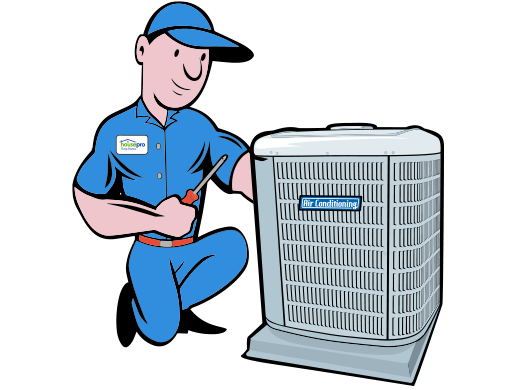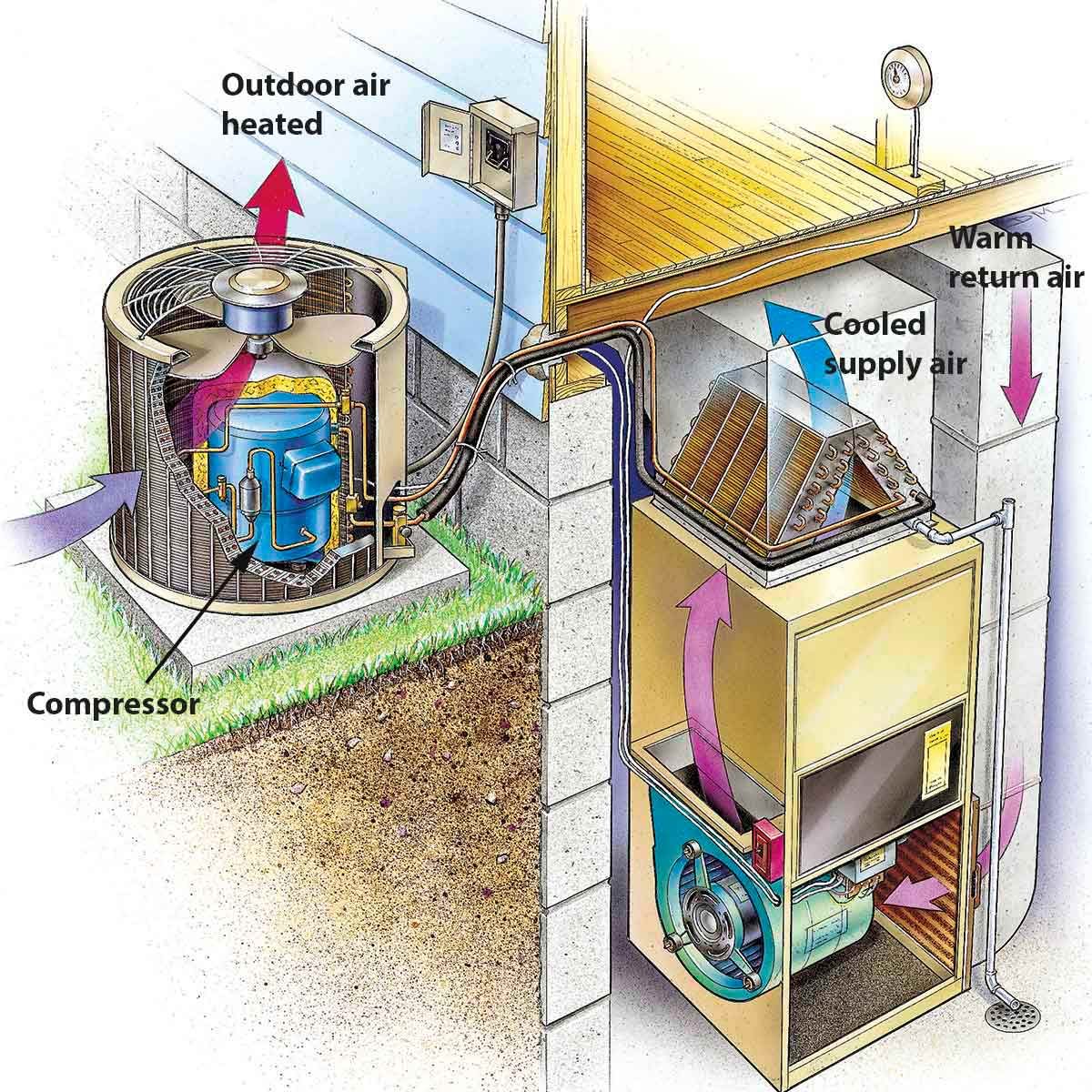Thinking about the intricacies of cooling down ancient abodes, air conditioning installation for historical homes presents strange circumstances.
Exactly how can you protect the integrity of duration residential properties while guaranteeing top-notch indoor convenience?
Untangle the enigmatic interplay between modern-day cooling eases and classic architectural prizes in the complying with discussion.
Trick Takeaways
- Preserve historical beauty with appropriate materials and expert support.
- Upgrade electrical systems for contemporary a/c compatibility and security.
- Check out compact air conditioning choices like mini-split or high-velocity systems.
- Improve power performance through insulation, clever thermostats, and maintenance.
Historical Factors to consider
When taking into consideration the installment of cooling in a historic home, it's important to comprehend the one-of-a-kind historic facets of the residential property. Restoration difficulties usually emerge when trying to mix modern-day convenience with preserving the historical stability of the home. The architectural impact of setting up a/c have to be thoroughly reviewed to make certain that the system does not diminish the home's original layout.
Preserving the historic appeal of a home while updating its facilities can be a delicate equilibrium. Remediation obstacles might consist of discovering means to hide ductwork, situating discreet areas for the exterior system, or adapting the system to fit within the existing building restrictions. It's vital to work with professionals experienced in historic home renovations to navigate these challenges efficiently.

The architectural effect of including air conditioning can be substantial. Mindful consideration must be offered to just how vents, thermostats, and various other elements will certainly mix with the home's aesthetic. Seeing to it that the setup does not compromise the historic honesty of the home is vital when embarking on such a job in a historic home.
Examining Electrical Equipments
To guarantee a successful installation of a/c in a historic home, assessing the compatibility and capability of the existing electrical systems is necessary. Before waging the setup, it is very important to assess whether the electrical system can deal with the added lots that the cooling device will certainly introduce. In some cases, updating the voltage of the electric system might be required to make certain it can power the new air conditioning system efficiently.
System compatibility is another key aspect to assess when assessing the electrical arrangement of a historical home. Older electrical systems might not work with modern-day air conditioning systems, which can lead to malfunctions or perhaps position safety and security risks. Guaranteeing that the electrical system works with the brand-new a/c devices will aid prevent any type of prospective issues down the line.
Room Restrictions and Ductwork Options
When managing limited space in your historic home, you might intend to explore ductless mini-split systems or high-velocity a/c systems as practical alternatives. These systems can offer efficient cooling without the need for extensive ductwork, making them appropriate for older buildings with area restrictions.
Ductless Mini-Split Systems
Thinking about area constraints and numerous ductwork alternatives, ductless mini-split systems provide a functional remedy for air conditioning installment in historic homes. These systems provide significant power financial savings contrasted to traditional HVAC arrangements, as they permit zoning, indicating you can cool down specific locations only when required.
The design versatility of ductless mini-split systems is likewise helpful for historic homes, where maintaining the original aesthetic appeals is crucial. Without ductwork called for, setup is much less intrusive, making it a preferred choice for older homes with limited room or where maintaining building integrity is a top priority.
Ductless mini-split systems are efficient, personalized, and blend perfectly right into historical insides, supplying a practical and energy-efficient air conditioning option.
High-Velocity Cooling And Heating Solutions
High-Velocity HVAC systems give a compact and efficient cooling service for historical homes with restricted area and specific ductwork needs. When considering these systems for your historical home, below are 4 bottom lines to remember:
- Mini duct systems: High-Velocity cooling and heating systems make use of small ducts that are a lot smaller in size contrasted to standard ductwork, making them excellent for homes with room constraints.
- Compact layout: The small design of these systems allows for easier installment in older homes where space is limited.
- Efficient cooling: Regardless of their small size, high-velocity systems are capable of offering reliable cooling throughout your historic home.
- Flexible installment: These systems offer numerous ductwork choices, such as adaptable tubes, which can be directed via existing wall surfaces without significant renovations.
Power Effectiveness Solutions
To boost the power effectiveness of your historical home, think about updating the insulation and integrating a wise thermostat. These solutions can aid regulate indoor temperatures properly and minimize energy intake, making sure a more sustainable and economical cooling system for your distinct property.
Make these upgrades part of your a/c installment plan to optimize comfort while lessening environmental influence.
Insulation Upgrades

Updating the insulation in your historic home can substantially enhance its power effectiveness and overall comfort while maintaining its special character and appeal. Take into consideration these crucial methods for insulation upgrades:
- Evaluate Window Treatments: Setting up energy-efficient home window treatments like shielded drapes or blinds can assist reduce warm transfer and enhance the general effectiveness of your home.
- Boost Roof Covering Insulation: Updating roof covering insulation is vital for much better temperature level guideline within your historical home, aiding to maintain it cool in the summer season and cozy in the winter.
- Seal Gaps and Cracks: Recognizing and securing gaps and cracks in your home's walls, floors, and ceilings can prevent air leakage and enhance insulation efficiency.
- Consider Attic Insulation: Effectively insulating your attic room can considerably decrease heat loss and improve the general power performance of your home.
Smart Thermostat Assimilation
Considering the energy-saving benefits of insulation upgrades in your historic home, integrating a clever thermostat can better enhance your energy efficiency services.
Smart thermostats provide accurate control over your home's temperature level setups, leading to substantial energy cost savings. By maximizing home heating and cooling schedules based on your preferences and daily routines, you can lower energy waste and lower energy bills.
Additionally, smart thermostats offer remote access, permitting you to change the temperature setups from anywhere utilizing your smart device or computer. This feature allows you to make certain your home is efficiently warmed or cooled down also when you're away, optimizing comfort while reducing power usage.
Embracing smart thermostat innovation is a functional action towards enhancing the energy efficiency of your historical home.
Preservation Methods for Air Vents
Protecting the integrity of historical air vents is vital during the installment of air conditioning systems in older homes. When it comes to preserving the architectural credibility of your historic home while upgrading its convenience, think about the following preservation strategies for air vents:
- Restoration Techniques: Carry out cautious repair approaches to protect the original design and material of the air vents, guaranteeing they blend effortlessly with the historic appearances of your home.
- Seek advice from Specialists: Consult from professionals experienced in historical preservation to assist you on the very best techniques for keeping the air vents' building integrity.
- Personalized Solutions: Check out customized remedies that accommodate the special characteristics of your historic air vents, enabling modern upgrades without compromising their initial charm.
- Period-Appropriate Materials: Choose period-appropriate products when repairing or changing air vents, guaranteeing they align with the historic age of your home's design.
Expert Tips for Effective Setup
When mounting a/c in historic homes, making certain successful setup requires following expert tips for a smooth assimilation with your home's one-of-a-kind features.
Begin by carefully evaluating warranty protection offered by different HVAC firms to safeguard your financial investment in instance of breakdowns. Acquire all necessary permit demands from local authorities before beginning any setup job to avoid legal problems down the line.
Budget planning is necessary; make sure to represent any kind of unpredicted costs that may occur throughout the installation process. Furthermore, develop maintenance schedules from the outset to maintain your brand-new system running successfully for many years to find.
Regularly Asked Questions
Can Air Conditioning Be Installed in a Historic Home Without Compromising Its Historic Stability?
Yes, you can mount air conditioning in a historic home without endangering its historic integrity. Preservation techniques can be utilized to flawlessly integrate contemporary cooling systems while maintaining the home's original beauty.
By purposefully putting ductwork and devices unseen, you can guarantee that the historical functions continue to be famous.
It's possible to take pleasure in the comforts of a/c in a historic home without compromising its one-of-a-kind character.
Exist Special Factors To Consider to Bear In Mind When Setting Up A/c in a Historic Home With Outdated Electrical Solutions?
When upgrading wiring in a historic home with outdated electrical systems, special considerations are necessary. Preservation techniques must be used to preserve the historical stability of the residential property.
It is very important to work with specialists that comprehend the delicate balance in between modern eases and protecting the home's unique character.
Exactly How Can Ductwork Be Discreetly Set Up in a Historic Home With Limited Area?
When handling minimal room in a historical home, you'll need to consider very discreet layout and space-saving services for setting up ductwork. To keep historical conservation while delighting in modern convenience, explore innovative means to tuck ducts away without compromising the home's looks.
Look into slim air duct options or contemplate utilizing existing dental caries for air duct placement. By blending functionality with nuance, you can assure a seamless integration of cooling in your historical home.
What Are Some Energy-Efficient Choices for A/c in Historic Homes? air conditioning service
When looking for energy-efficient options for cooling in historic homes, take into consideration making use of energy-efficient zoning and miniature split systems. Energy-efficient zoning helps control temperatures in different zones of your home, saving power.
Mini split systems are an excellent choice for older homes with minimal area, providing both cooling and heating up functions. By selecting these solutions, you can keep your historic home comfortable without compromising on power efficiency.
Exist Details Conservation Techniques That Should Be Utilized for Historic Air Vents Throughout Installment?
When installing cooling in historic homes, preservation techniques play a crucial function. It is very important to make certain that the existing air vents are thoroughly incorporated into the new system to keep the historical visual of the home.
Final thought
When setting up cooling in historic homes, it is essential to contemplate the distinct challenges such as preserving the home's historical honesty, assessing electric systems, and functioning within space restraints.
By thoroughly planning and utilizing energy-efficient remedies, you can efficiently install cooling without endangering the personality of your historical home.
Remember to speak with specialists for guidance and warranty appropriate preservation methods for air vents to preserve the appeal and performance of your home.
